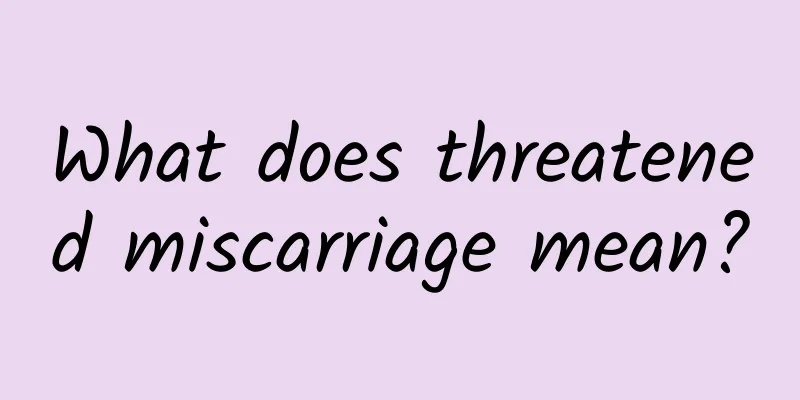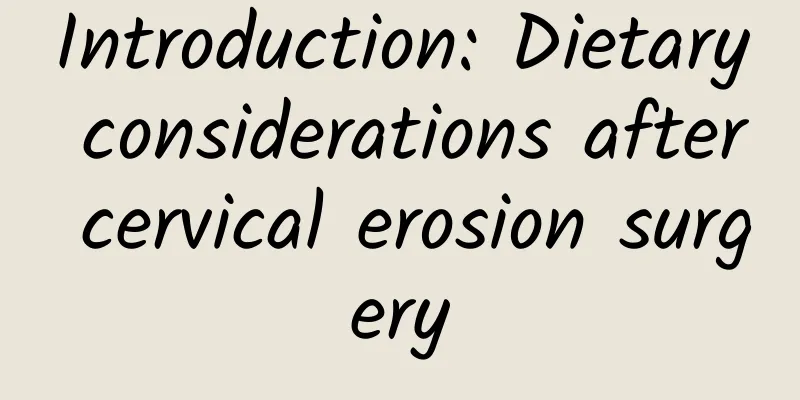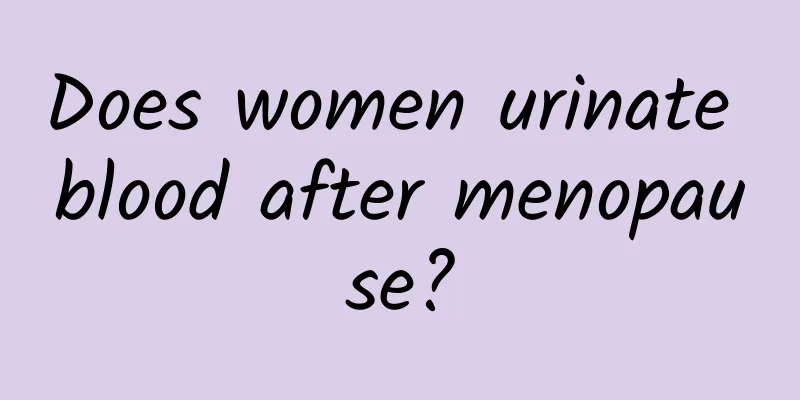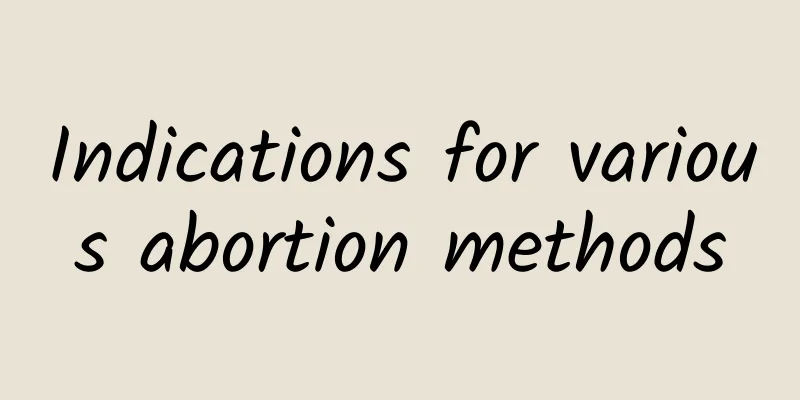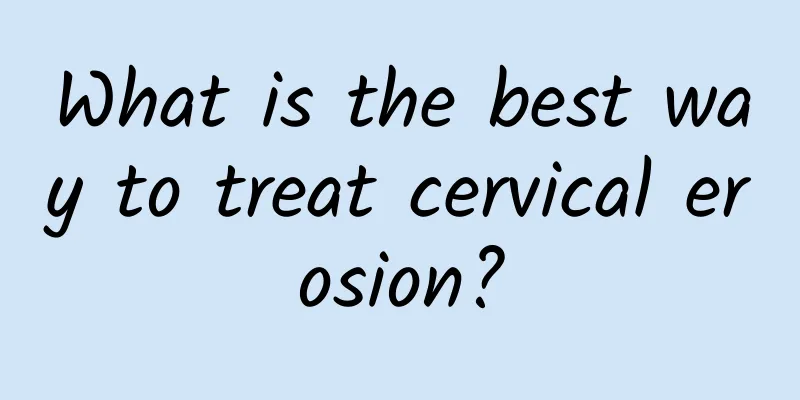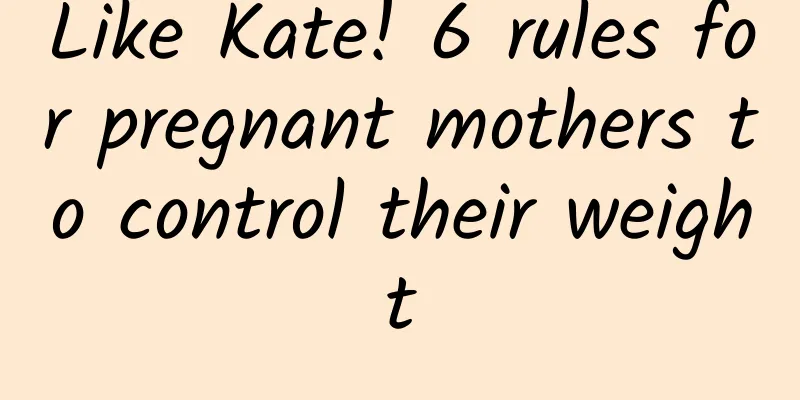What to do when uterine fibroids occur?
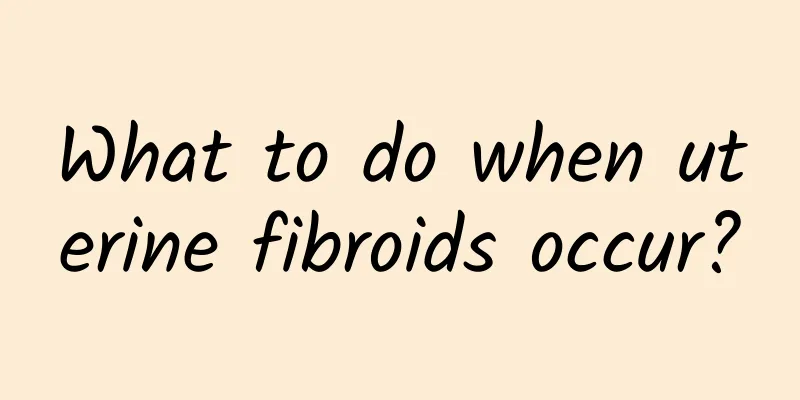
|
What should you do when uterine fibroids occur? Uterine fibroids are one of the most common tumors in the human body and the most common benign tumor in the female reproductive organs. They are also called fibroids, uterine fibroids, and uterine leiomyoma. They cause great harm to patients. So, what should you do when uterine fibroids occur? The following is a detailed introduction for you. 1. Hormone drugs: According to the specific situation of the patient, pseudo-pregnancy therapy can be used for periodic or continuous treatment to degenerate and soften the fibroids. However, it can cause tumor enlargement and irregular uterine bleeding, so it is not suitable for long-term use. Moreover, hormones have great side effects on female patients (coarsening of the voice, vigorous growth of sweat hair, obesity, strong dependence, etc.), long medication cycle, and high drug prices, which are feared by most patients. 2. Radiotherapy: It is suitable for patients who are ineffective with drug treatment and have contraindications to surgical treatment or refuse surgical treatment. However, radiotherapy kills normal tissue cells while killing fibroid cells. In addition, radiotherapy can cause temporary or permanent amenorrhea. It is not suitable for young patients under 40 years old, patients with inflammatory symptoms, patients with large uterine fibroids, patients with cancer, and pregnant patients. 3. Clinical surgery: Surgical treatment of uterine fibroids includes myomectomy and hysterectomy, which can be performed through the abdomen or vagina, or endoscopic surgery (hysteroscopy or laparoscopy). The choice of surgical procedure and surgical approach depends on factors such as the patient's age, whether she has fertility requirements, the size and location of the fibroids, and medical technology conditions. 4. Interventional therapy: Interventional treatment of uterine fibroids only requires puncturing the femoral artery at the thigh root, and then using a 1.5mm catheter to perform super-selective embolization of the uterine artery, leaving only a small incision of about 1~2mm after treatment. Therefore, the trauma is minimal, the risk is very low, and there is no scar after the operation, which is more suitable for patients with uterine fibroids who have high cosmetic requirements. The above is a detailed introduction to "What should I do when uterine fibroids occur?" I hope it will be helpful to everyone. There are so many treatments for uterine fibroids now. As long as patients can actively accept diagnosis and treatment and adhere to treatment, the patient's condition can be effectively alleviated. |
<<: How to treat uterine fibroids
>>: How to prevent uterine fibroids?
Recommend
How to care for female chronic cervicitis and first-grade hyperplasia? Introduction to nursing methods for confirmed chronic cervicitis
Cervicitis is very common. It is a relatively ter...
What should women do if they have irregular menstruation? 3 ways to quickly regulate menstruation with Chinese medicine
Irregular menstruation is a common disease among ...
Is pelvic peritonitis contagious?
If women experience lower abdominal pain and feve...
How are uterine fibroids usually caused? How to prevent uterine fibroids
Uterine fibroids, also known as uterine leiomyoma...
What are the treatments for uterine fibroids in women?
What are the treatments for uterine fibroids in w...
How to Abort an Ectopic Pregnancy
How to abort an ectopic pregnancy? 1. The medical...
How does traditional Chinese medicine treat cervical erosion? 6 treatment methods for cervical erosion in women
In life, what should female friends do if they su...
What causes spontaneous abortion?
After the pregnant mother is pregnant, the whole ...
How is pelvic inflammatory disease diagnosed?
For patients with pelvic inflammatory disease, es...
Lazy chair fuck! Ke Nianxuan's Sculpted Waist
A simple chair can also help you keep in good sha...
How to choose a gynecological hospital for the treatment of cervical erosion
How to choose a gynecological hospital to treat c...
Is ectopic pregnancy hereditary?
Is ectopic pregnancy hereditary? Ectopic pregnanc...
Does physical therapy for severe cervical erosion affect fertility?
Does physical therapy for severe cervical erosion...
When does ovarian cyst require ovarian removal?
Under what circumstances does ovarian cyst requir...
What tests are needed for acute vaginitis
What tests are needed for acute vaginitis? Examin...
